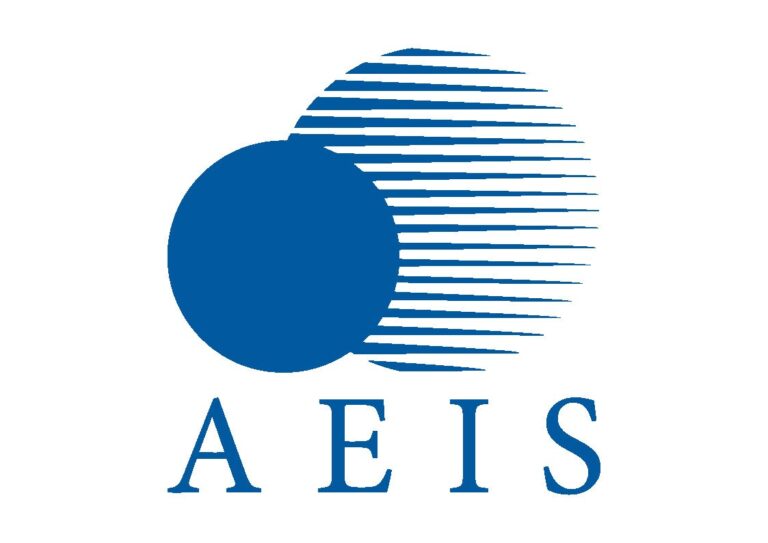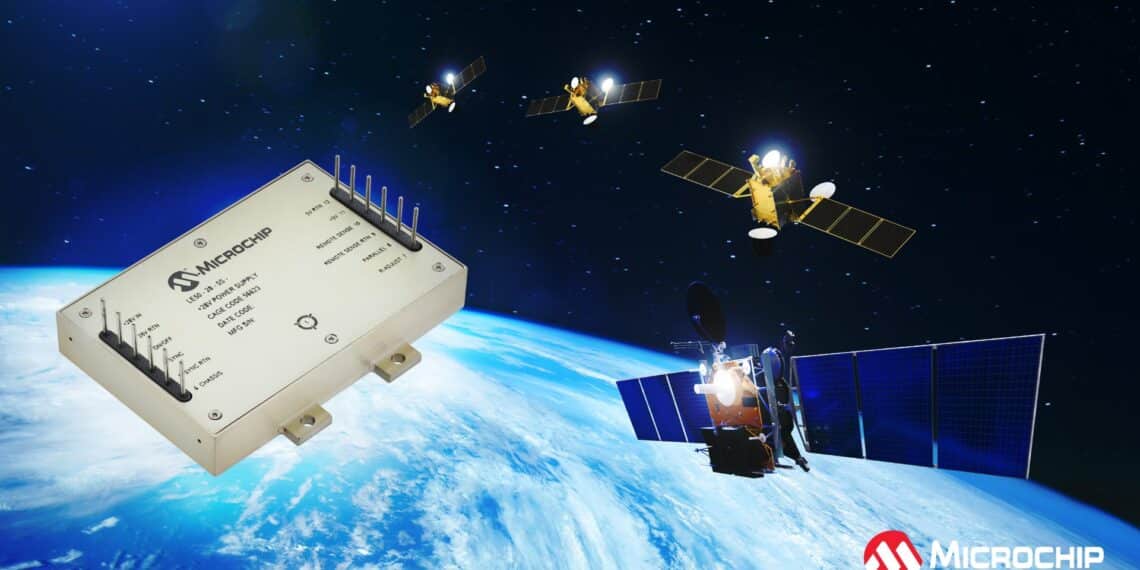Microchip Technology, a leading provider of semiconductor solutions, has announced the launch of a new family of radiation-tolerant LE50-28 isolated DC-DC 50W power converters. These converters are specifically designed to meet the evolving demands of the burgeoning Low-Earth Orbit (LEO) market, catering to a wide array of applications including 5G communication, cube satellites, and IoT ventures.
With nine variants available, offering both single- and triple-output configurations spanning a voltage range from 3.3V to 28V, the LE50-28 series provides engineers with enhanced flexibility and customization options. This adaptability enables seamless integration into various space systems, allowing for optimal performance and reliability.
Engineered to comply with stringent MIL-STD-461 standards, the power converters are accompanied by a companion EMI filter, simplifying the design process and ensuring compatibility with Microchip’s suite of complementary technologies such as PolarFire FPGAs and microcontrollers.
Leon Gross, Vice President of Microchip’s discrete products group, emphasized the significance of this development, stating, “Our off-the-shelf products offer a reliable and cost-effective solution designed to meet the durability expectations of our customers.”
Furthermore, the LE50-28 family demonstrates space-grade radiation tolerance, capable of withstanding up to 50 Krad Total Ionizing Dose (TID) and exhibiting Single Event Effects (SEE) latch-up immunity of 37 MeV·cm2/mg linear energy transfer. This resilience makes them well-suited for the demanding conditions prevalent in space environments.
The availability of single-output and triple-output variants of the LE50-28 series marks a significant advancement in Microchip’s commitment to providing robust solutions for space exploration and satellite deployment. By offering comprehensive support, including analysis and test reports covering worst-case scenarios, electrical stress, and reliability, Microchip aims to empower engineers in navigating the complexities of the new space frontier.










